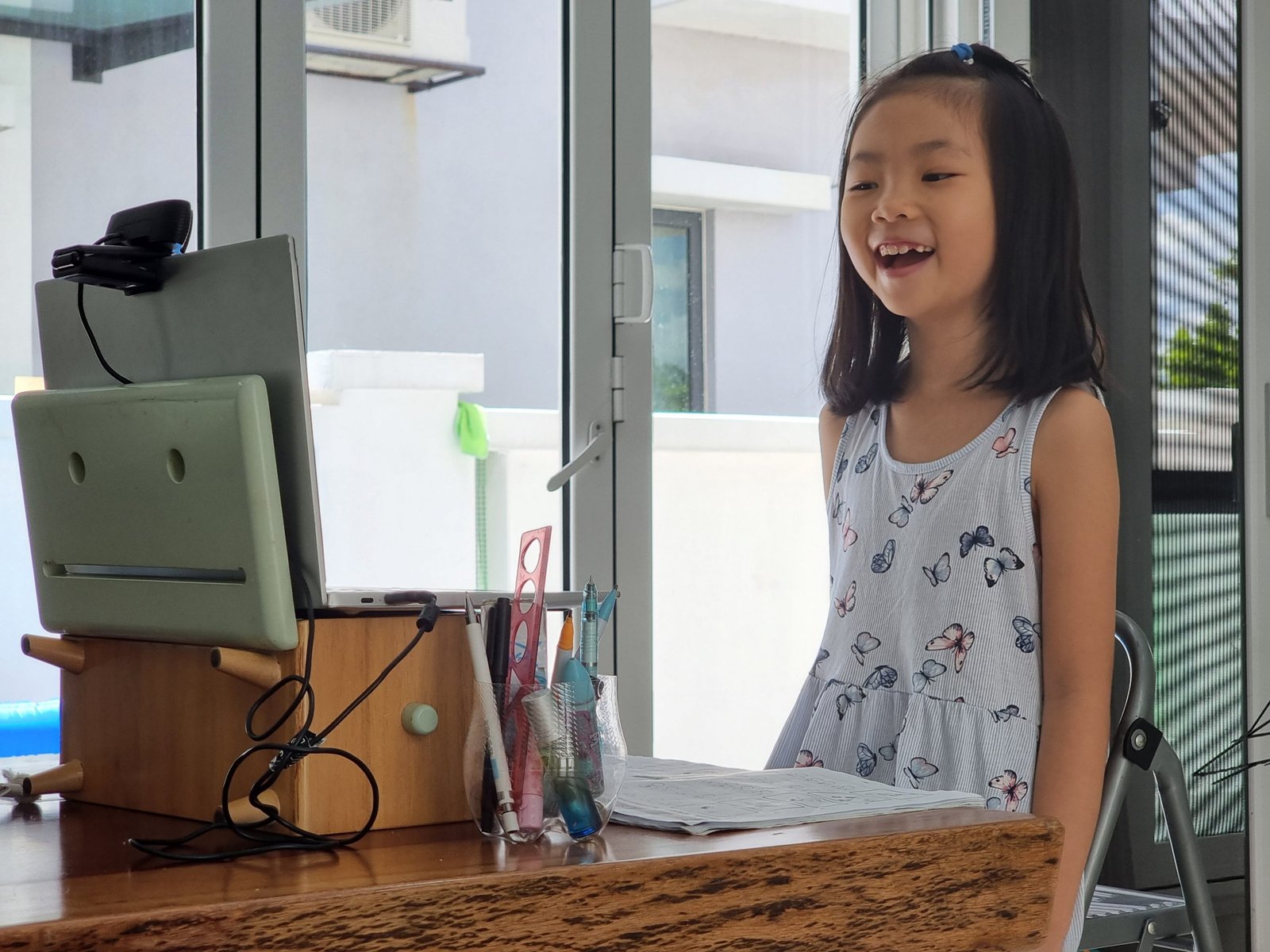GUEST BLOG – Written by David Lewis, Principal of Elea High Online School
Think back to the pandemic – roughly two to three years ago, and the closure of schools. The response to this was to say the least, mixed. We had schools offering to provide weekly packs of work that parents had to collect or which was emailed to the students, much of which was rumoured either not completed by the child or not marked by the teacher. We had families given a one hour slot with the child’s teacher, once a week to help them with anything they didn’t understand and cynics said that this was probably more focused time for each child than they get in the modern classroom. Then there was online education.
Previously seen as an outlier for families who travel and who could afford the fees or for children for whom the classroom is not the ideal learning environment, suddenly these online schools were in vogue, already set up, well-versed in what they did and capable of continuing education, uninterrupted, for those who could pay. Whilst talk is common about how paying for a private education can give an unfair advantage to a child, private schools were now in choppy waters, charging for a service they couldn’t provide, in part or in full, and the advantage now went to children who attended online education. Only in the last few days has the news reported that the hiatus in education wrought by the conditions of the pandemic will disadvantage an entire generation and lead to a multi-trillion dollar negative impact on global GDP but those whose education continued are now likely to see a competitive advantage in their lives and careers.
Thinking back to those days of the pandemic and online education, they are as far removed from what we see today as the brick mobile phones are from today’s phones yet over a much shorter period. We cringe at the lecture-style PowerPoint-driven lessons with shared screens over Teams and Zoom but they were an effective, if unimaginative, solution to a critical problem.
Nowadays, with the rapid rise in technology, we are on the cusp of something revolutionary in education, needing only for the stigma of online education to dissolve before its benefits can be fully embraced.
The fears for student well-being whilst they were glued to a screen, alone in their bedrooms are now overcome by rigorous but sometimes overprotective pastoral programmes which are proactively implemented. Communication with parents, limited to emails or video versions of parent consultations, are now enhanced with parental access to all their child’s assessment data, attendance records and the teachers on a daily basis if necessary.
Join an online lesson today and it’s more Hollywood than Cricklewood, with 360 degree VR experiences replacing YouTube and AI monitored assessments finely tuned to challenge the student as part of a much-heralded, but previously seldom seen, personalised curriculum.
It’s true that online learning is much improved today, but it is still evolving and with the recent spotlight on AI, online schools are researching how it can enhance the learning experience further with one example being in language learning. The global market in teaching English as an additional language is in the billions but the teaching of it, and other languages, could soon see teachers becoming obsolete in this area as avatars begin conversing with language students, posing and answering questions and correcting elemental mistakes and improving accents. As AI improves too, the avatar will soon build a relationship with the student, talking to them more like a friend who is helping them to learn another language.
Elsewhere, this year’s BETT Exhibition in London saw technology companies focusing on the use of VR in science teaching, providing realistic virtual experiments that avoid health and safety risks and the cost of chemicals, equipment and other science resources. Whilst initially expensive to set up, their longevity, linked to free software updates and graphics enhancements, mean that over the long term, even bricks and mortar schools will save on costs and provide richer experiences. For those online, these developments will enhance the online experience, allowing students in any location to work together on practicals, seeing each other in a virtual lab and communicating face to face.
The separate but linked market in augmented reality is also having an impact in physical schools and again online, where digital material can be enhanced to provide more details or views from a different angle. Be wary though of the promotions for AR – currently you will not see holograms of the image pop out of your iPad or laptop, but who knows how long before this is possible?
Returning to the efficacy of online education, already, depending on the provider, it offers at least as good an experience as attending a bricks and mortar school and the online schools are looking at how they can match or better what a school offers. The result is a serious contender for those who want an online education that is a fraction of the cost of a private education and, as case studies have proven many times, can be much more effective in outcomes, both academic and pastoral.
The online education sector is predicted to increase more than two-fold over the next four years and it’s easy to see why.




